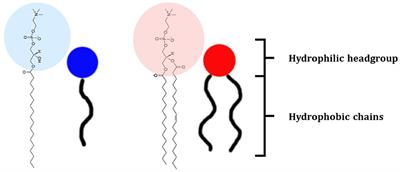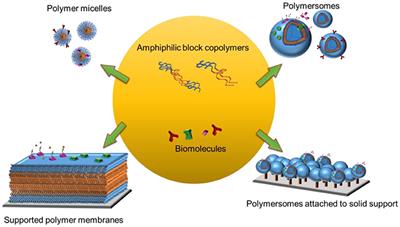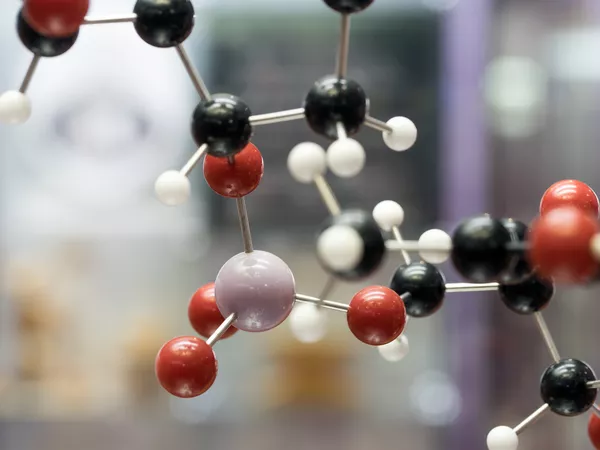ORIGINAL RESEARCH
Published on 30 Jul 2019
Nanoparticles With a Specific Size and Surface Charge Promote Disruption of the Secondary Structure and Amyloid-Like Fibrillation of Human Insulin Under Physiological Conditions

doi 10.3389/fchem.2019.00480
- 5,032 views
- 35 citations






